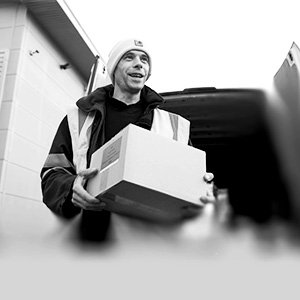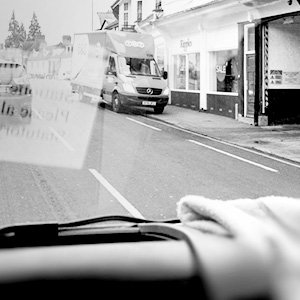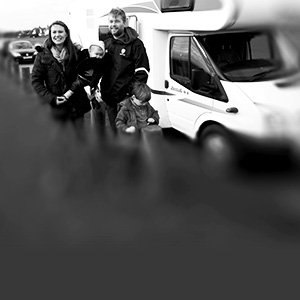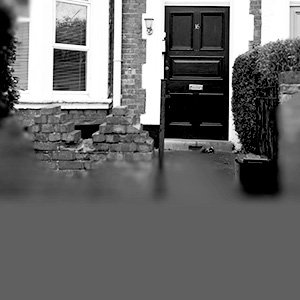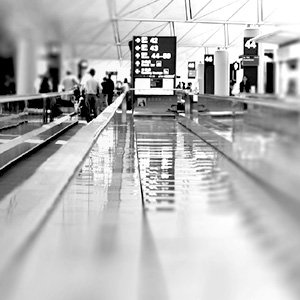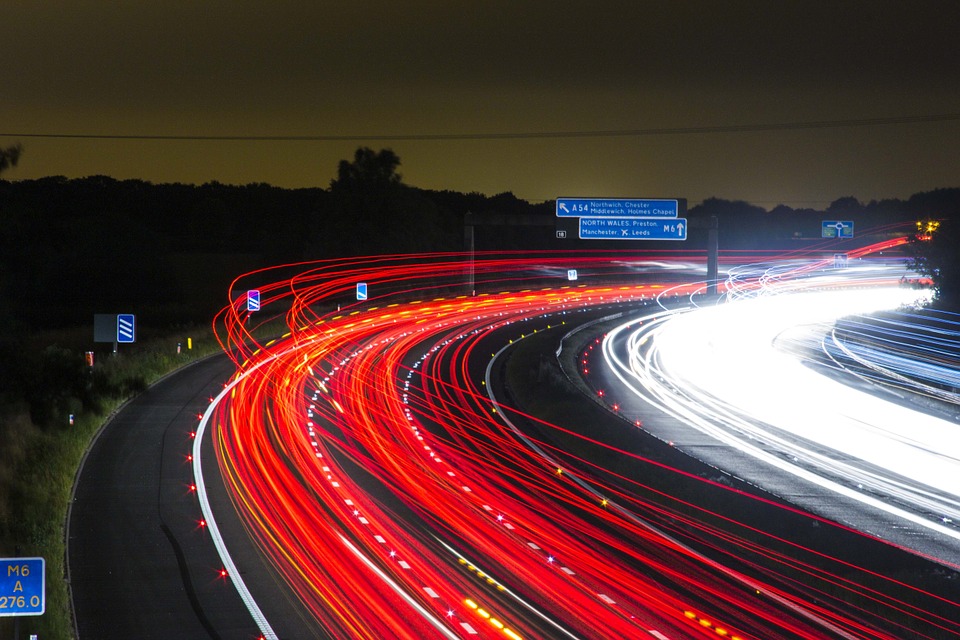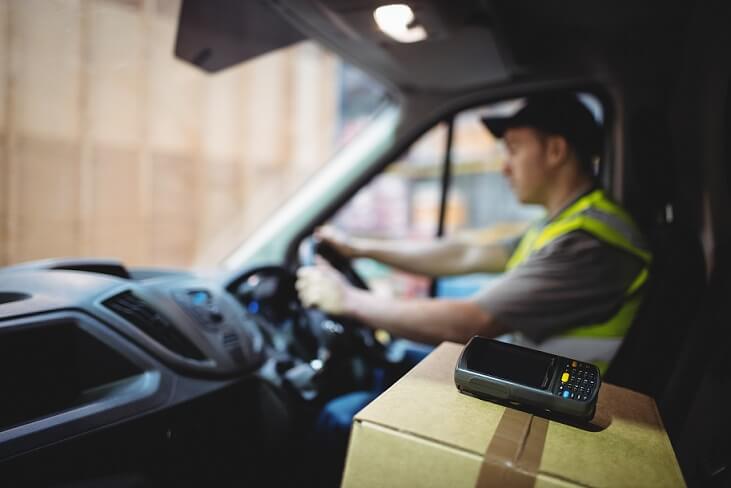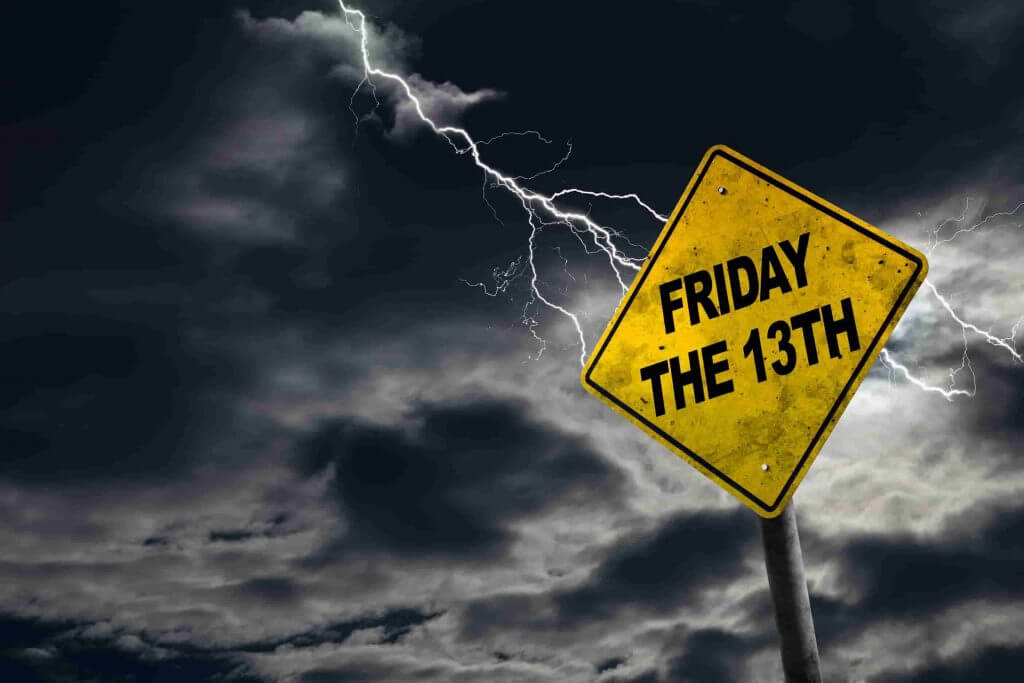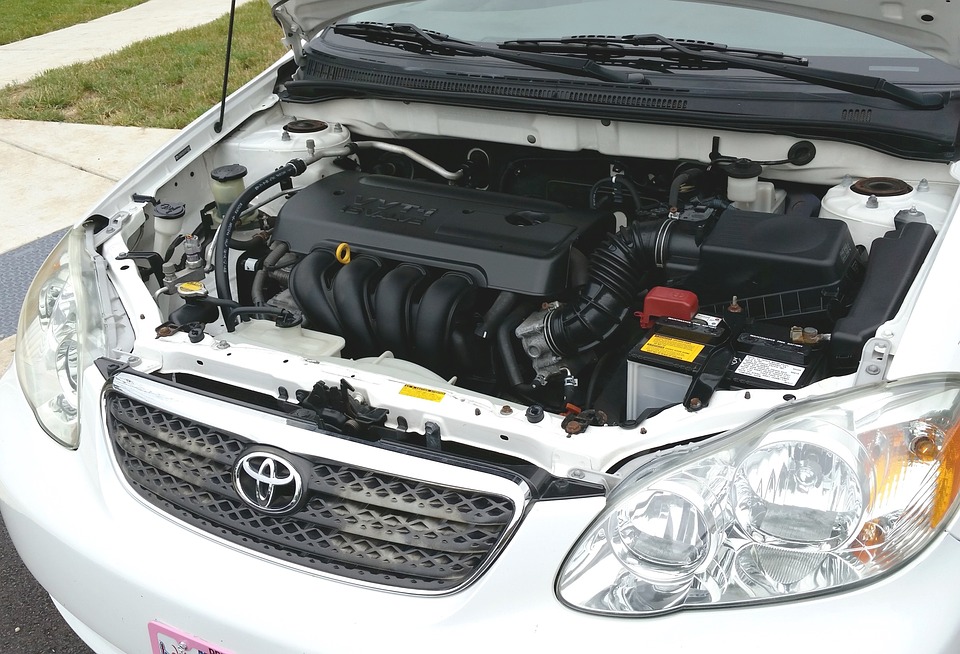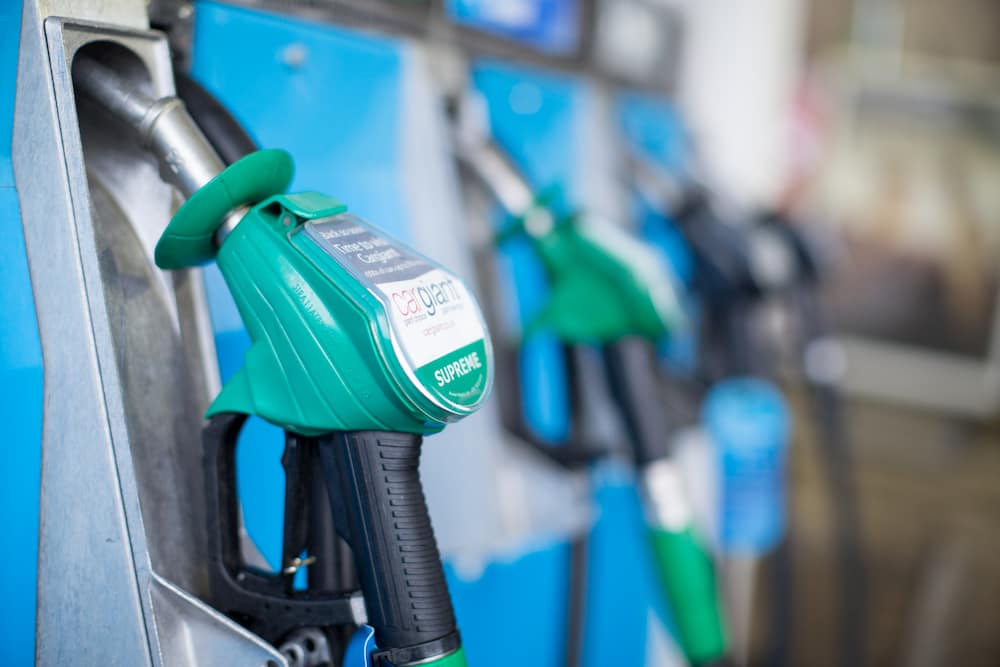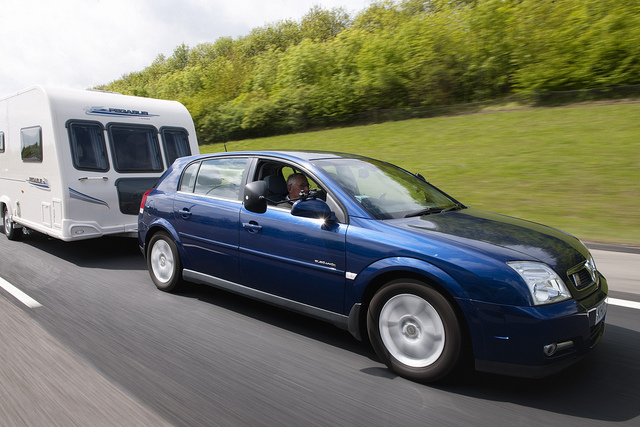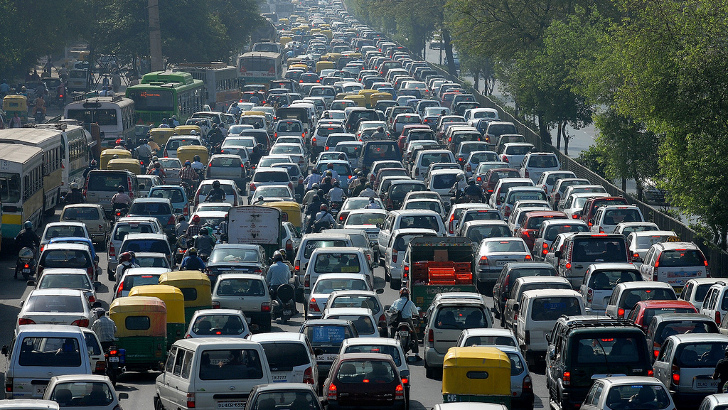Do you know statistically which A roads and motorways in Britain are the most dangerous? We’ll look at which roads have experienced the most incidents and what you can do to reduce the chances of being involved in a road accident.
Which A roads are the most dangerous in Britain?
The A roads that have been revealed as the most dangerous based on the risk rating for 2010-2015 are:
- A537 between Macclesfield and Buxton which is known as the Cat and Fiddle
- A254 between Margate and Ramsgate
- A259 between East Sussex and Hastings
Between these three roads during that time they had a reported 98 fatal and serious crashes.
Which motorways are the most dangerous in Britain?
The motorways that have been revealed as the most dangerous based on the number of fatalities and accidents for 2007-2016 are:
- M6 with 160 fatalities and 7342 accidents
- M1 with 154 fatalities and 7617 accidents
- M4 with 123 fatalities and 5698 accidents
Safe driving tips
Driving on roads that have been declared dangerous due to the volume of accidents that have occurred on them can seem daunting. It’s important to remember to keep your focus and to drive with caution.
Here are some useful tips for you to remember and to help you plan ahead on a road or motorway:
Concentration – Maintaining your concentration on a road or motorway is vital. Particularly when traffic is travelling at a much faster speed. This gives you less time to react, particularly if someone switches lanes or if an incident occurs in front of you. You can aid your concentration by taking regular breaks at service stations.
Junctions – Whenever you’re approaching a junction on a motorway, it’s good practice to move over to the middle lane if it’s safe to do so, to enable traffic joining the motorway to do so in a safe manner. This’ll reduce the chances of a collision and help to keep the traffic flowing more efficiently.
If you’re driving on a single lane road and you’re approaching a junction, anticipate that a vehicle waiting to join the road could suddenly pull out in front of you. Don’t approach the junction at a high speed, so if you need to break you’ll have a better chance of avoiding a collision. You can find additional safety information on road junctions here.
Distance/speed – Always stick to within the speed limit on any road or motorway. Maintain the two-second rule as your minimum distance from the vehicle in front. In bad weather, you should increase this to at least four seconds. Always make sure in bad weather that you maintain a good distance from the vehicle in front. So, in the event of having to make an emergency stop, you’ll significantly reduce the chances of becoming involved in an accident.
Lanes – On roads or motorways you should drive in the left-hand lane as standard. However, if you need to overtake a vehicle on a motorway, that is when you should use either the middle or right-hand lane. It’s important to remember that it’s illegal to continue driving in the middle or right-hand lane once you’ve overtaken, as this is more likely to hold up traffic behind you and will slow down the flow of the traffic.
What deterrents have been put in place already?
The UK government has put many deterrents in place over the years to try and reduce the number of accidents occurring and to encourage road users to drive more carefully.
These deterrents include:
- Reducing speed limits
- Installing speed cameras
- Installing average speed cameras
- Banners – reminding road users not to speed
- Fines for mobile use whilst driving
- Speed bumps
- Mobile safety cameras
Whilst these can help to remind road users to drive more carefully, it’s ultimately the responsibility of the drivers themselves to drive with due care and consideration. Also, to give themselves enough time to get somewhere without the need to have to speed.
Give yourself additional peace of mind
A vehicle breakdown can happen when you least expect it, whether it’s on a busy motorway or a country lane with lots of blind turns, this can be a dangerous situation to be in. We can get you the breakdown insurance you need, so you’re correctly covered for this eventuality.
Do you have any additional safe driving tips? Let us know on our Facebook and Twitter pages.
